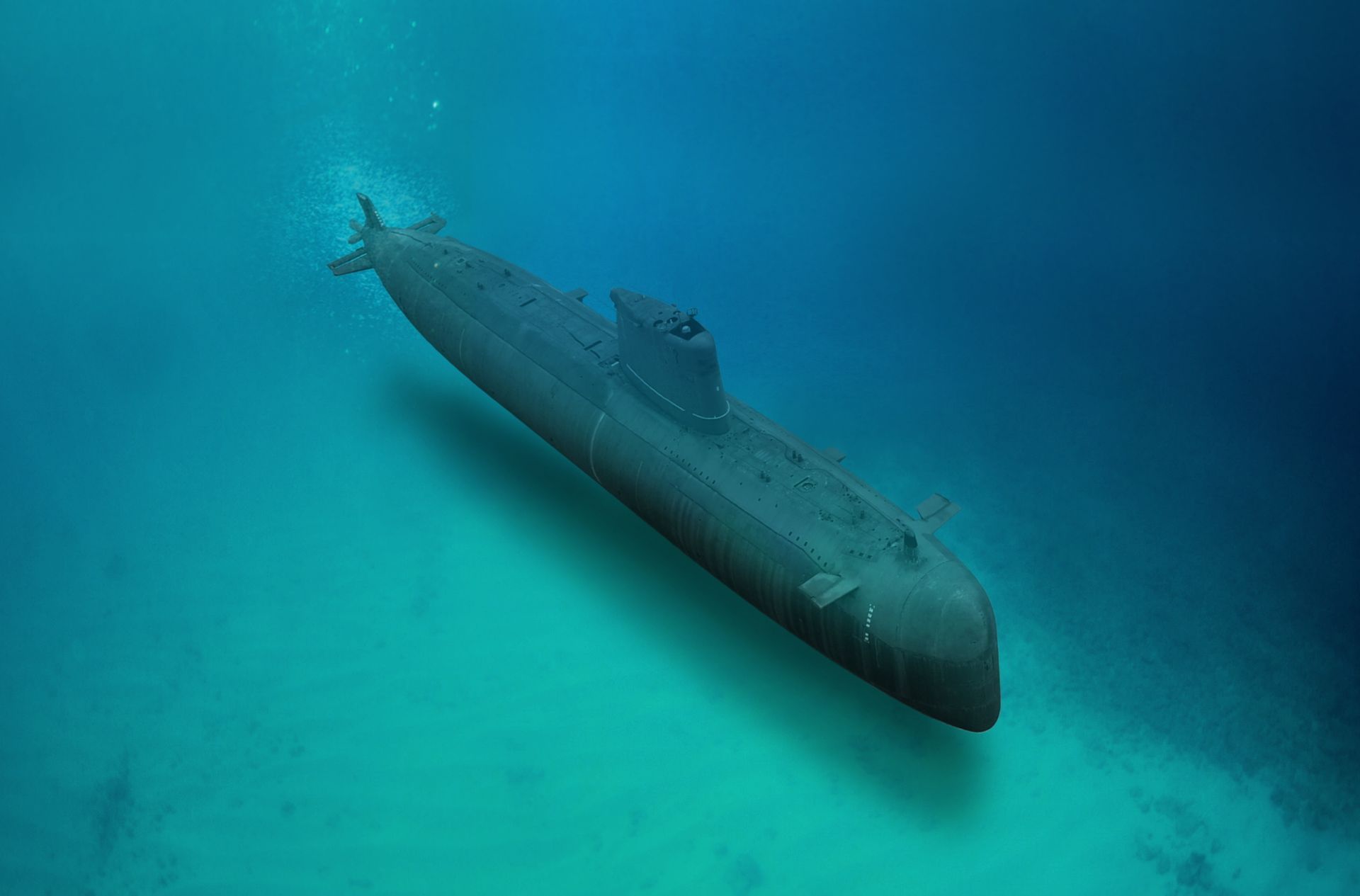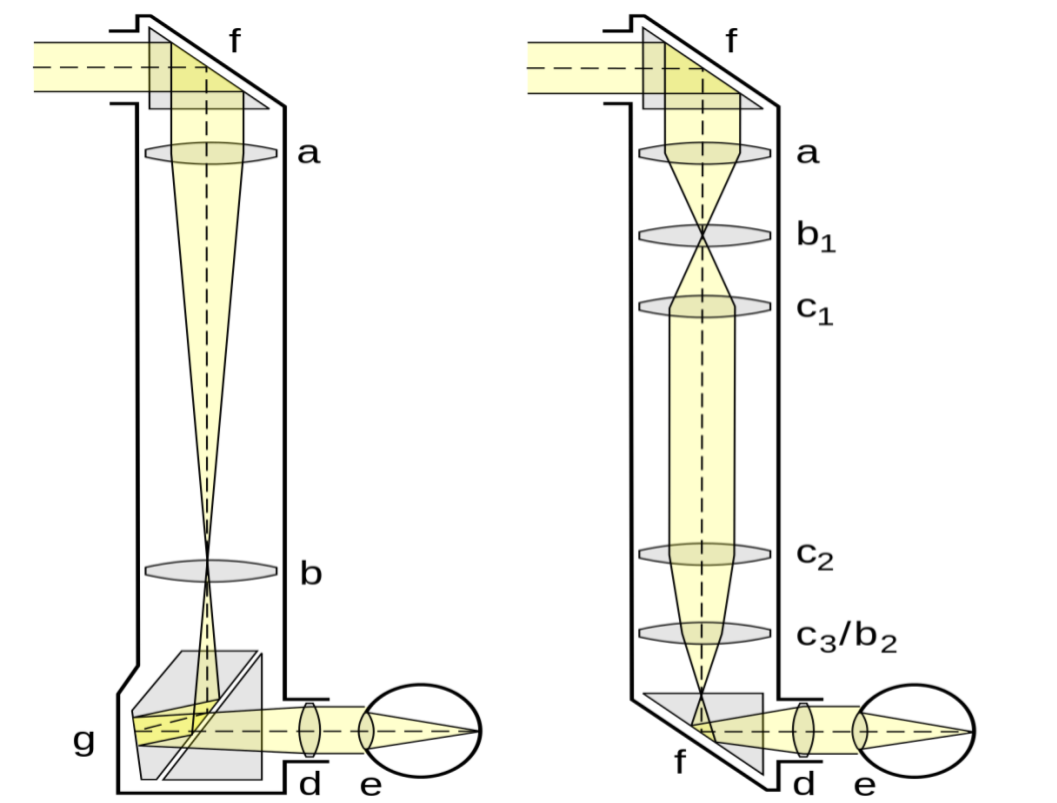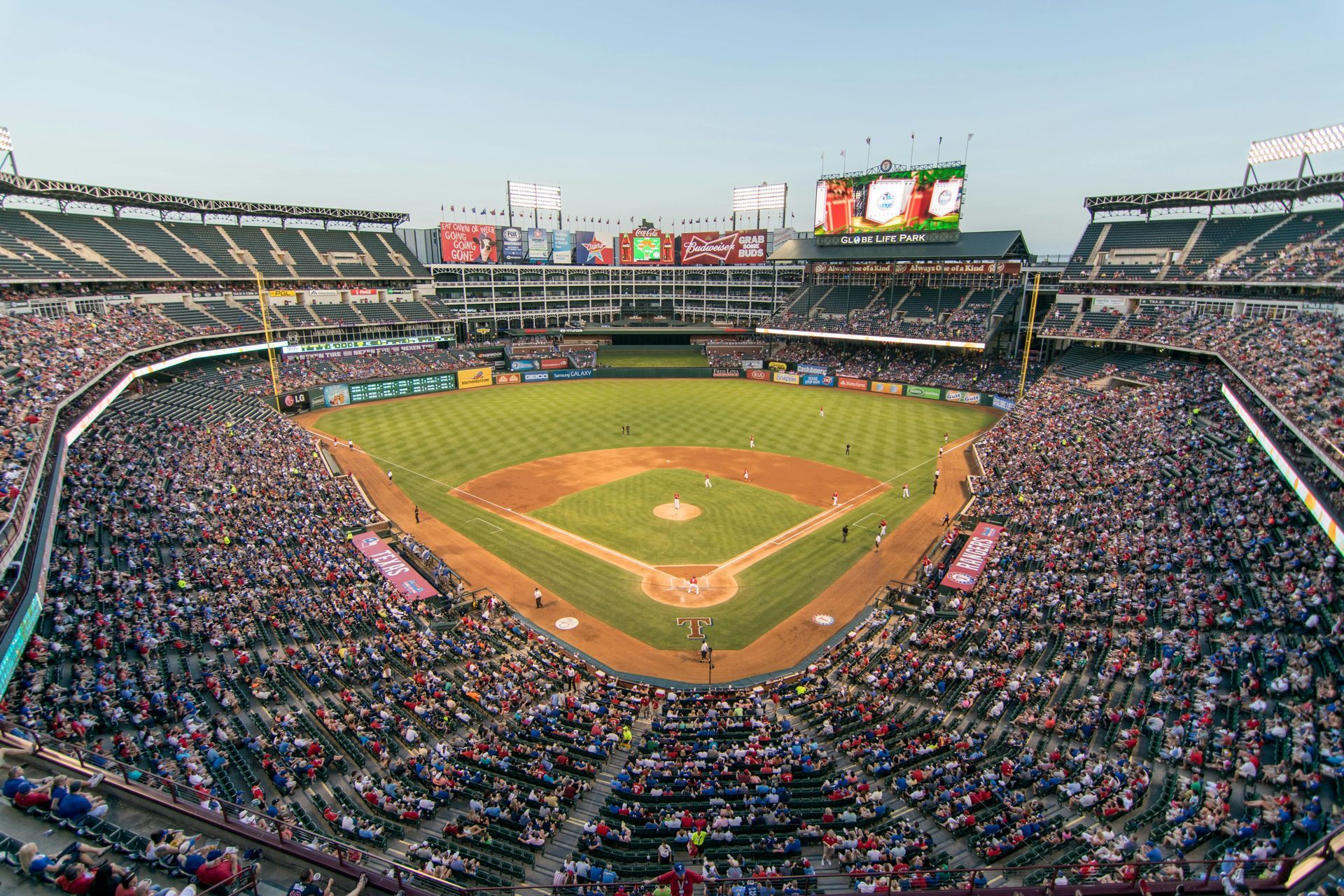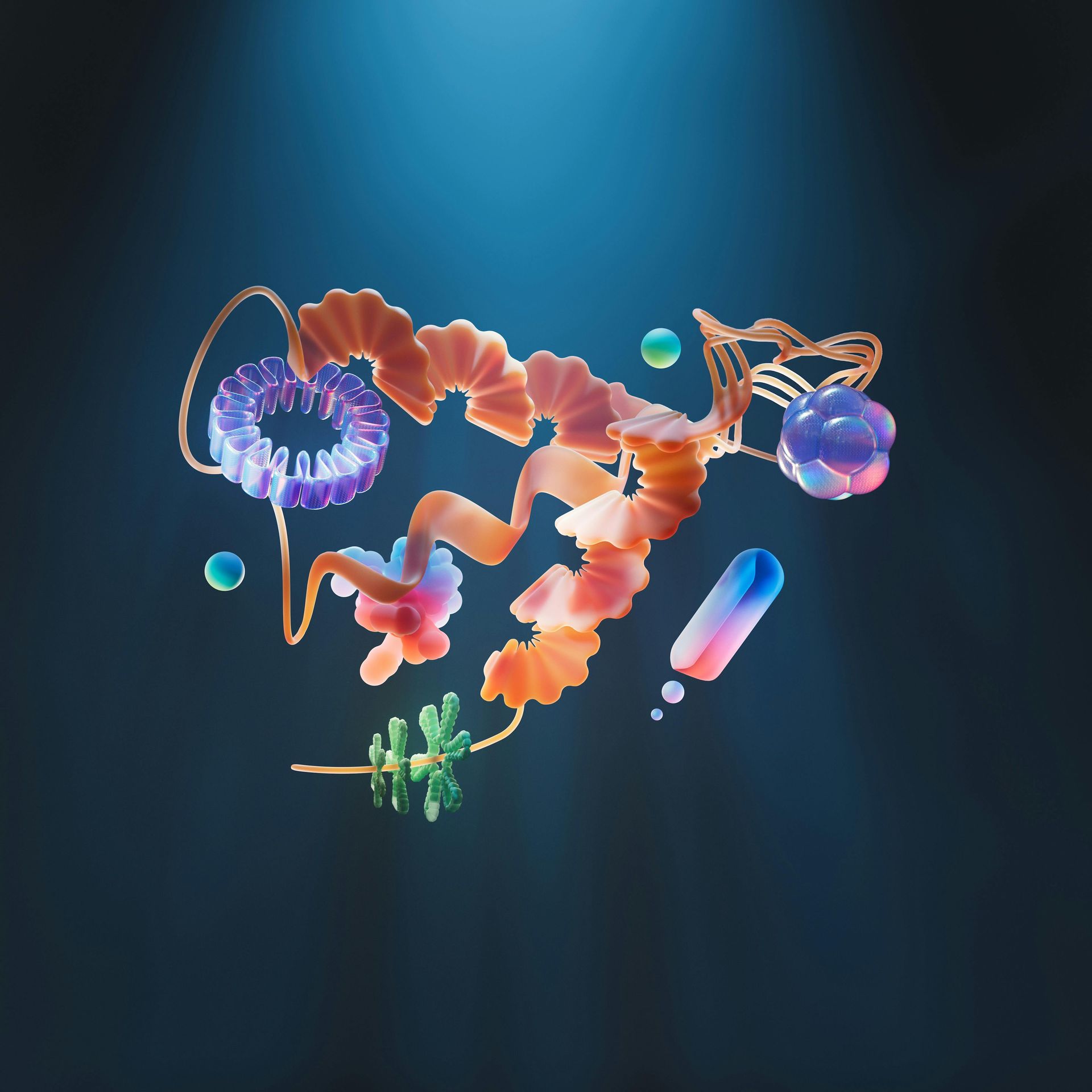“We all live in a Yellow Submarine!”

Blog vol 5.43. “We all live in a Yellow Submarine!”
An iconic song, it was first released as the “B” side of a 45 with Eleanor Rigby in 1966 by the Beatles. It is supposed to be a kid’s song, written and sung by Ringo for his children. An interesting note: it was only a year earlier than this song’s release, in 1965, that Dr. Ron Watson started an optometry practice at Wellington Square, Burlington. Yes, Burlington Eyecare is celebrating 60 years!
My interest in submarines and submersibles goes back a long way to elementary school when I researched Oceanography, wrote a speech, and competed in a public speaking competition. Last weekend, my wife and I stopped in Port Burwell to see the huge submarine that they have dry docked there. It is the HMCS Ojibwa, an Oberon class submarine (sometimes called O boats) that served in the Canadian Navy from the early 1960’s to the late 1990’s. First used to help in anti-sub warfare (ASW) for training, it was later updated to a more strategic military role in the Cold War.
We went for a full tour of the ship, inside and out and there was much to think about. My optometric mind blew its gasket as we explored this ship that survived and thrived on stealth. When engaging with the enemy, the sub has to be very, very quiet: all fluorescent lights turned off, their humming can be detected very easily; the motors turned off, with the diesel motors charging batteries when near surface to snorkel air and get rid of exhaust.
The non-acoustic stealth was really interesting. When in stealth mode, use of only red lights throughout, to enable dark adapting and to eliminate the light that is reflected through the periscopes. These ships had two periscopes, a binocular one for scanning the area, and a monocular version for zeroing in on targets. They were up to 50 feet long and had roof prisms at both ends and optical lenses throughout. (By the way, I love ray diagrams. See below.)

When I was younger, I made my own periscope with a milk carton and two flat mirrors and it really worked.
The submarine was painted a flat black to reduce reflected light. The ship was close to 300 feet in length and almost 5 stories high at the tower. When you go inside you notice right away the smaller than expected inside of the ship. Most of the sides are for ballast and air to assist with buoyancy and pressure changes, leaving the interior decidedly small and cramped. One has to remember the bathyscaphe, Trieste, that went down 7 miles to the bottom of the Marianas Trench. The entire hull was for pressure regulation and the divers were only in the small sphere that was attached to its keel.
You also marvel at the applied science when it comes to submarines, with little to no room for error.
So… if you ever near Port Burwell on a weekend, make a stop at the museum and take a tour of the Ojibwa.
‘til next week,
the good doctor






